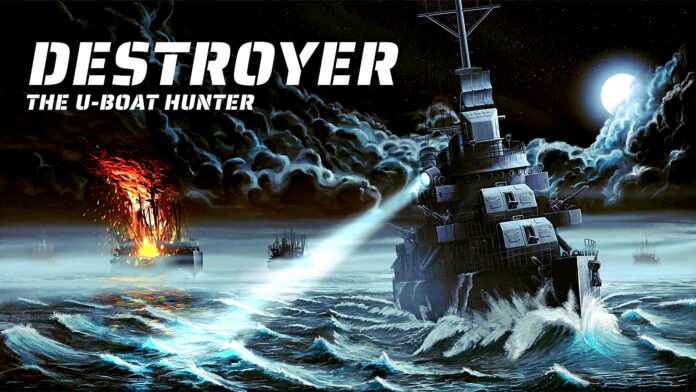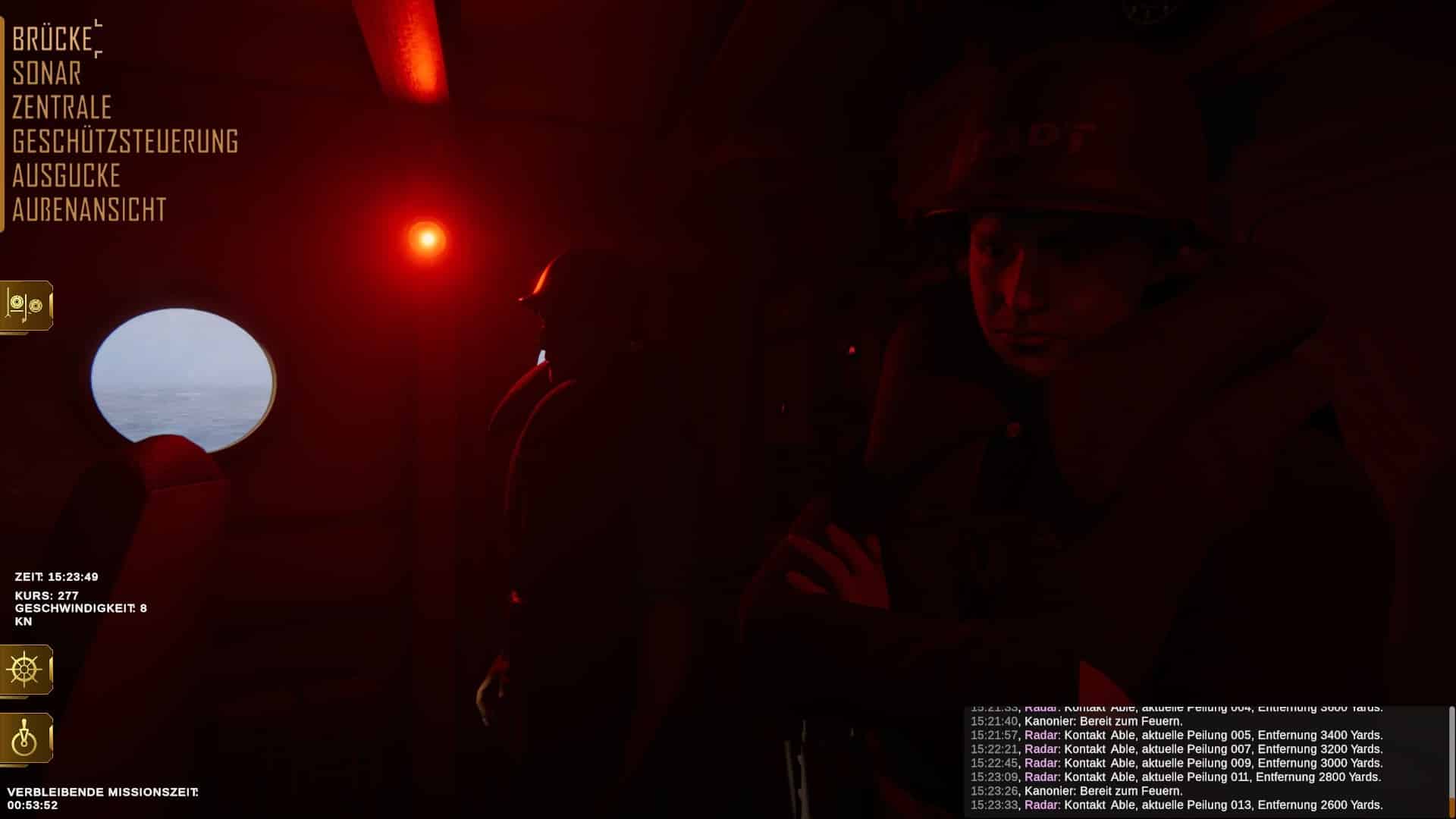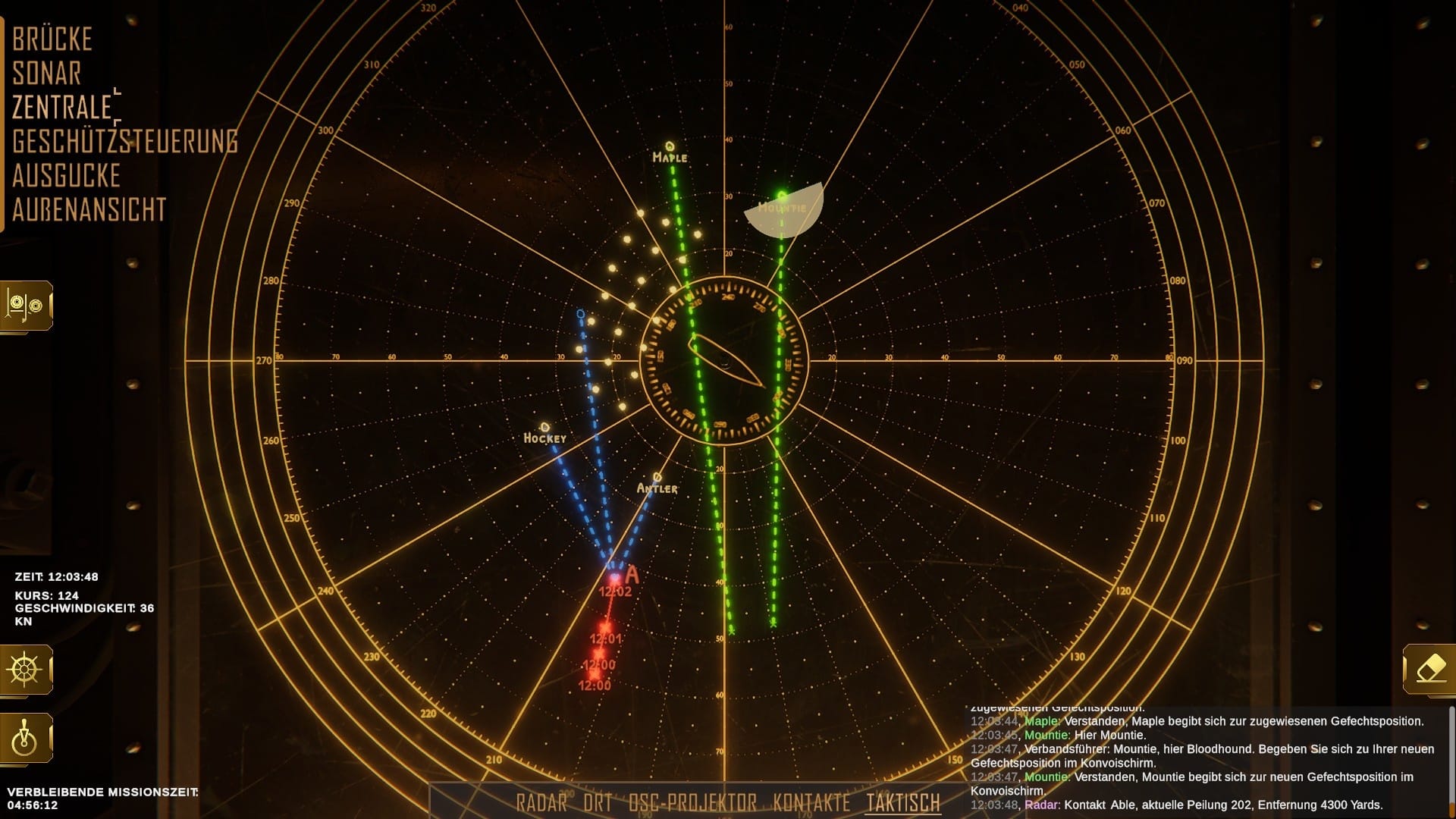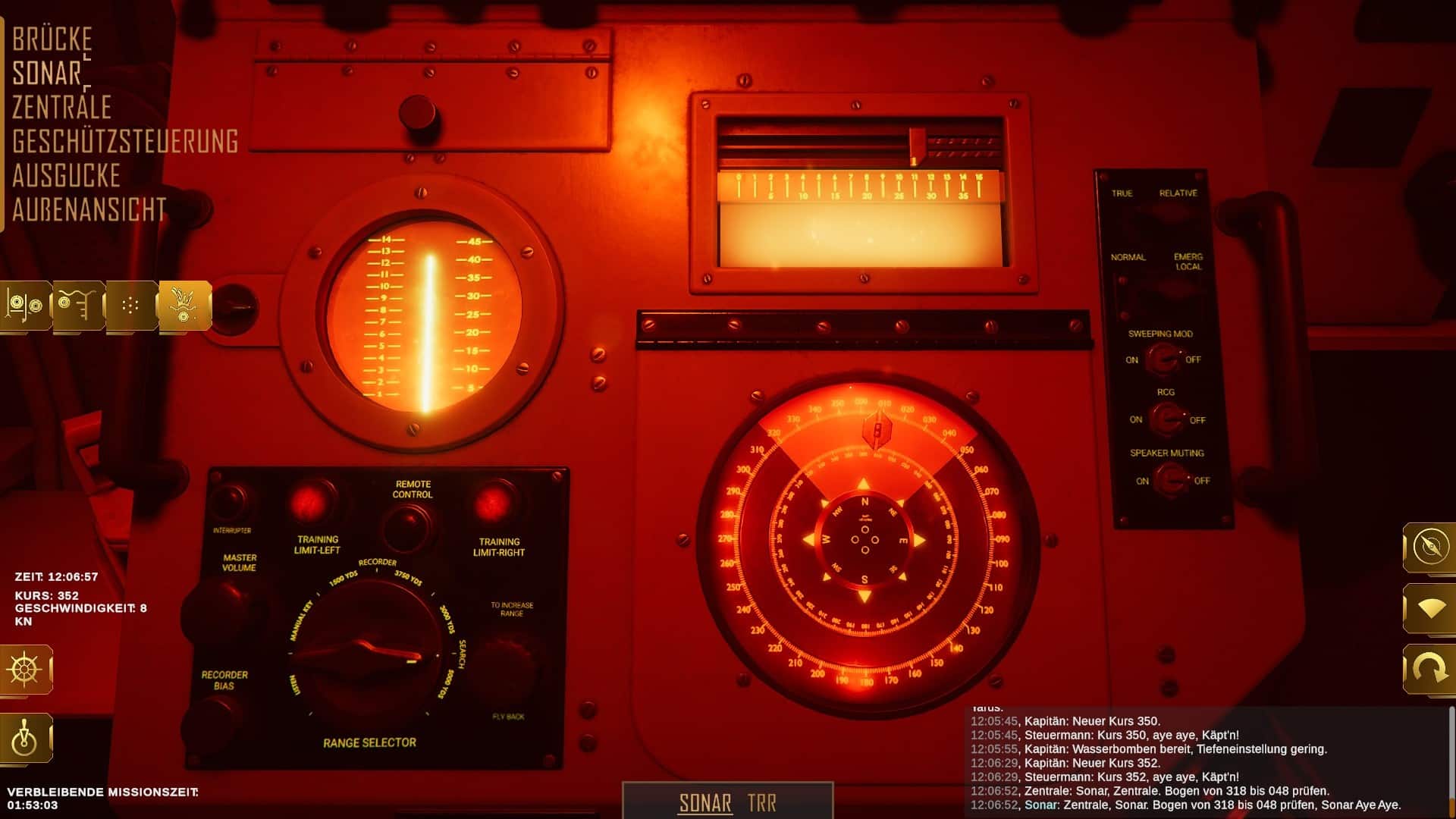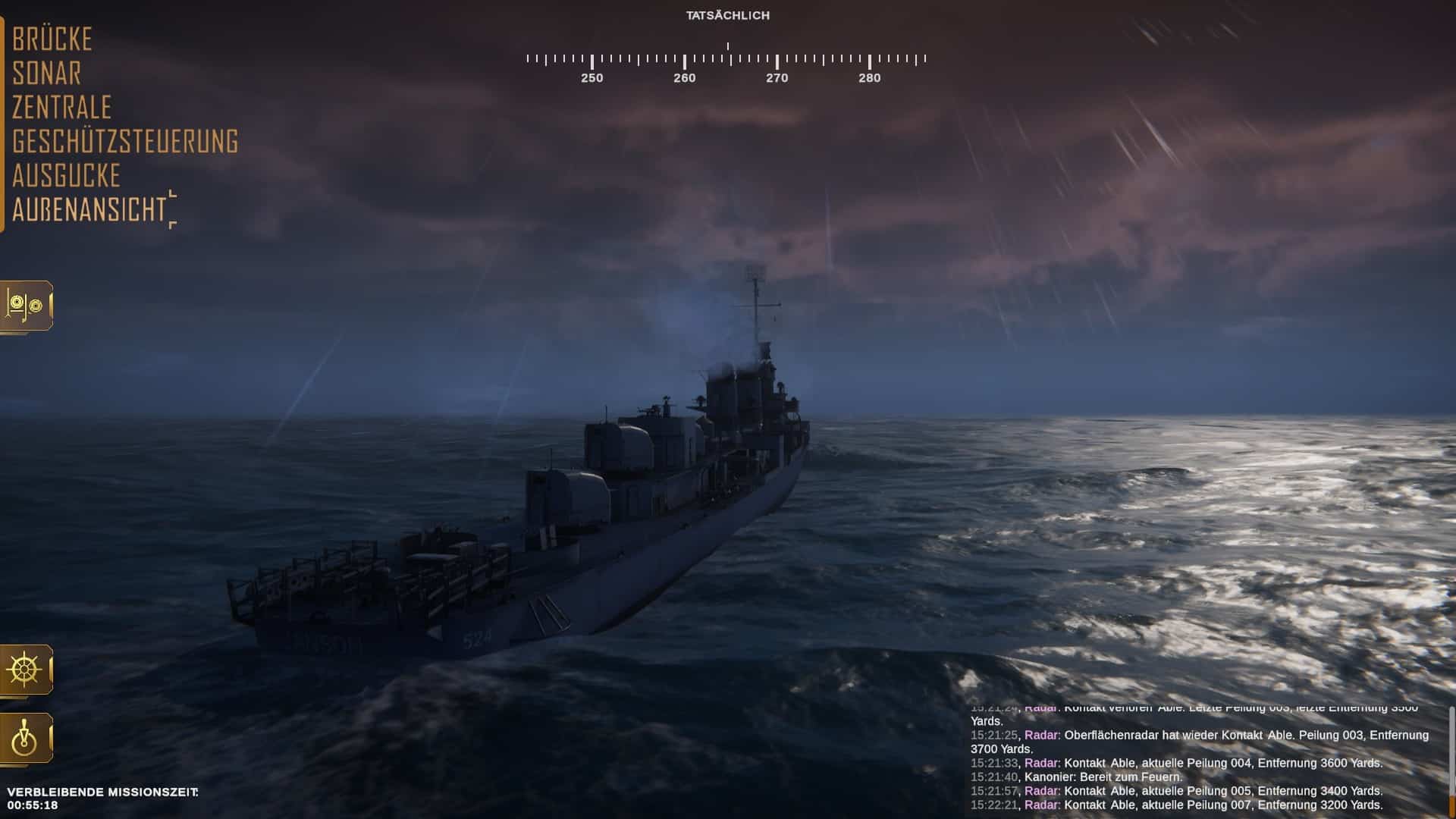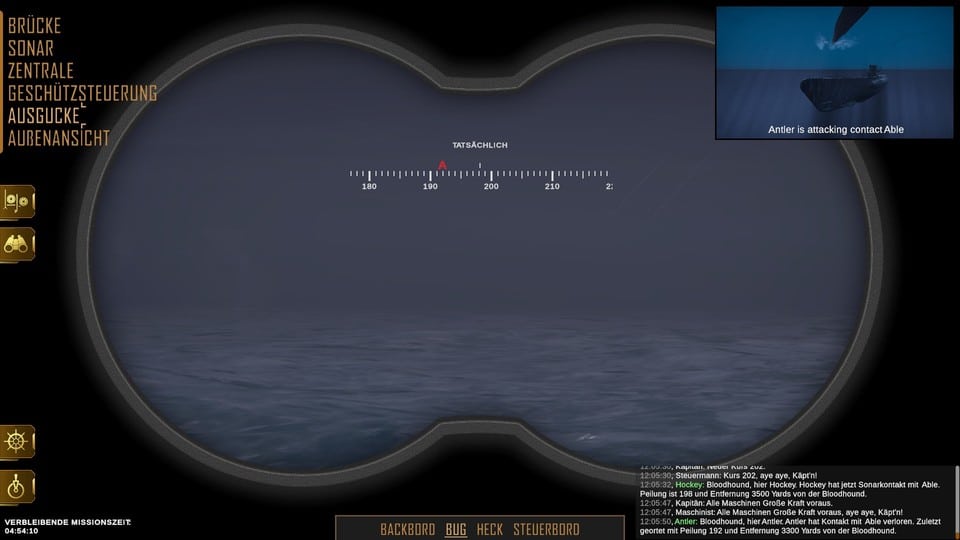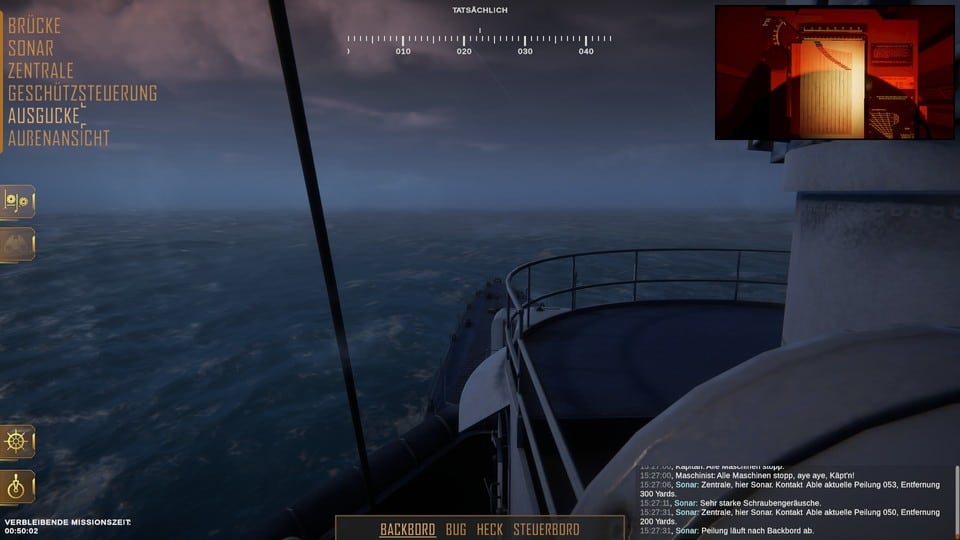Some game principles always work – hunting and being hunted in submarine and destroyer is one of them. Only one thing is missing for great happiness.
The gameplay of the Early Access title Destroyer: The U-Boat Hunter is as simple as it is always exciting: As a US destroyer commander, we use our crew to identify enemy Nazi submarines that threaten valuable convoys. Once identified, we chase the German opponents, push them away from the attack or destroy them.
For the full release of the game, scheduled for 2023 (“in six to eight months”), there is to be a dynamic campaign in which we are to experience a story around the ship USS Janson and its crew. At the moment, however, we are going into medias res, i.e. straight to the point. Our expert explains to you how exciting this is in the Early Access Test.
Dense atmosphere
We select a scenario or determine the number of enemies, other escorts to support us, time and weather ourselves, and then find ourselves directly in the action. Immediately we hear the first contact messages from our crew, while we still orient ourselves in the detailed modelled ship.
As in Silent Hunter or Dangerous Waters, we move between different stations in the bridge and the control centre. On the bridge we set the course and speed of our ship. In the control centre we use sonar, radar, various planning tools and a tactical view to plan and carry out our attack. The individual stations are graphically very nicely designed; they are not separate screens, but are operated directly in the control centre.
We can also always look around to the left and right at each station, recognise the other stations, look into the faces of our crew. With the dim lighting, dramatic music and constant contact messages, it feels a lot like Silent Hunter on the one hand – but is more action-packed on the other. Not because Destroyer is an action game, but because the situation is different.
In the submerged submarine we often sneak away as quietly as possible and inevitably slowly, not wanting to attract attention, we feel a tense calm. On the destroyer, on the other hand, we have to cope with an acute threat, have time pressure that is not generated by the game, but simply by the compulsion not to let the submarines escape and to stop (further) attacks. Destroyer: The U-Boat Hunter expertly conveys this rarely realised perspective.
As a virtual skipper, I briefly considered that it would actually also be nice to be able to walk around the ship on foot (as in UBOAT), but that”s not necessary at all – the atmosphere is dense enough as it is, although (or perhaps because?) the game currently focuses on the core, the hunt for the submarines. A constant sense of urgency and threat is created, we are drawn into the scenario and want to do everything to ensure that the submarines don”t succeed and that our convoy reaches its destination in one piece.
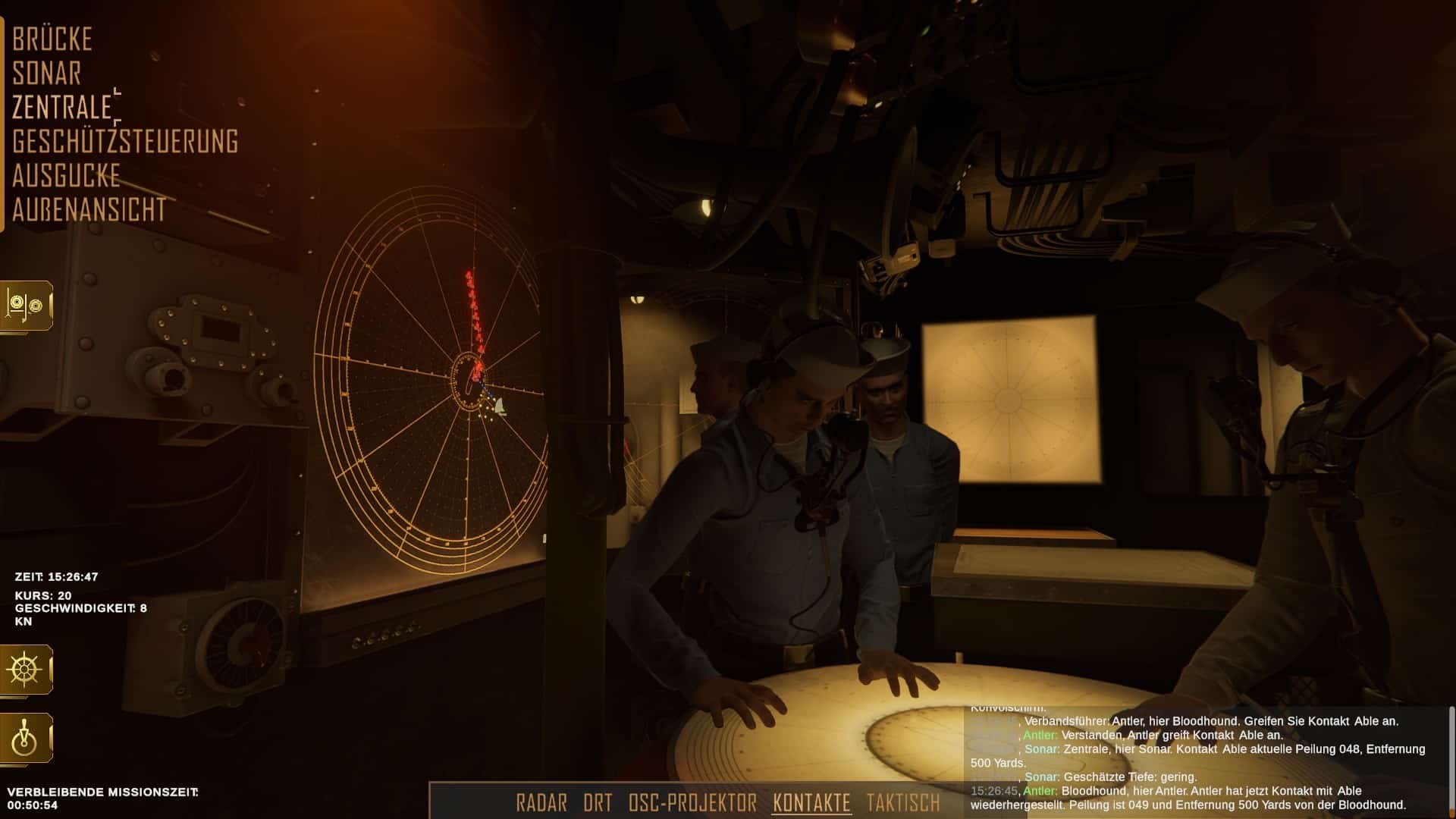
Between simulation and game
More soberly, of course, the question is where Destroyer: The U-Boat Hunter falls on a scale between simple game and in-depth simulation. Here it is clear that the developers are looking for a middle ground.
On the one hand, we have access to the essential functions expected for a historically believable feeling submarine hunt. With radar and sonar we identify the position of a submarine and then track its course with the help of DRT and OSC projector. The equipment is beautifully designed and you can almost smell the material of the old technology. We can operate the DRT and OSC with the mouse and it feels very tactile. The game conveys the feeling: this is almost how it could have been, even though it is of course clear that reality was always more complex.
On the other hand, we can”t fiddle with the radar and sonar at will; the buttons and dials have no function, instead we use the game”s user interface to set the essential functions. We also set our main weapon, the depth charges, as well as the on-board cannons for overwater attacks in the interface.
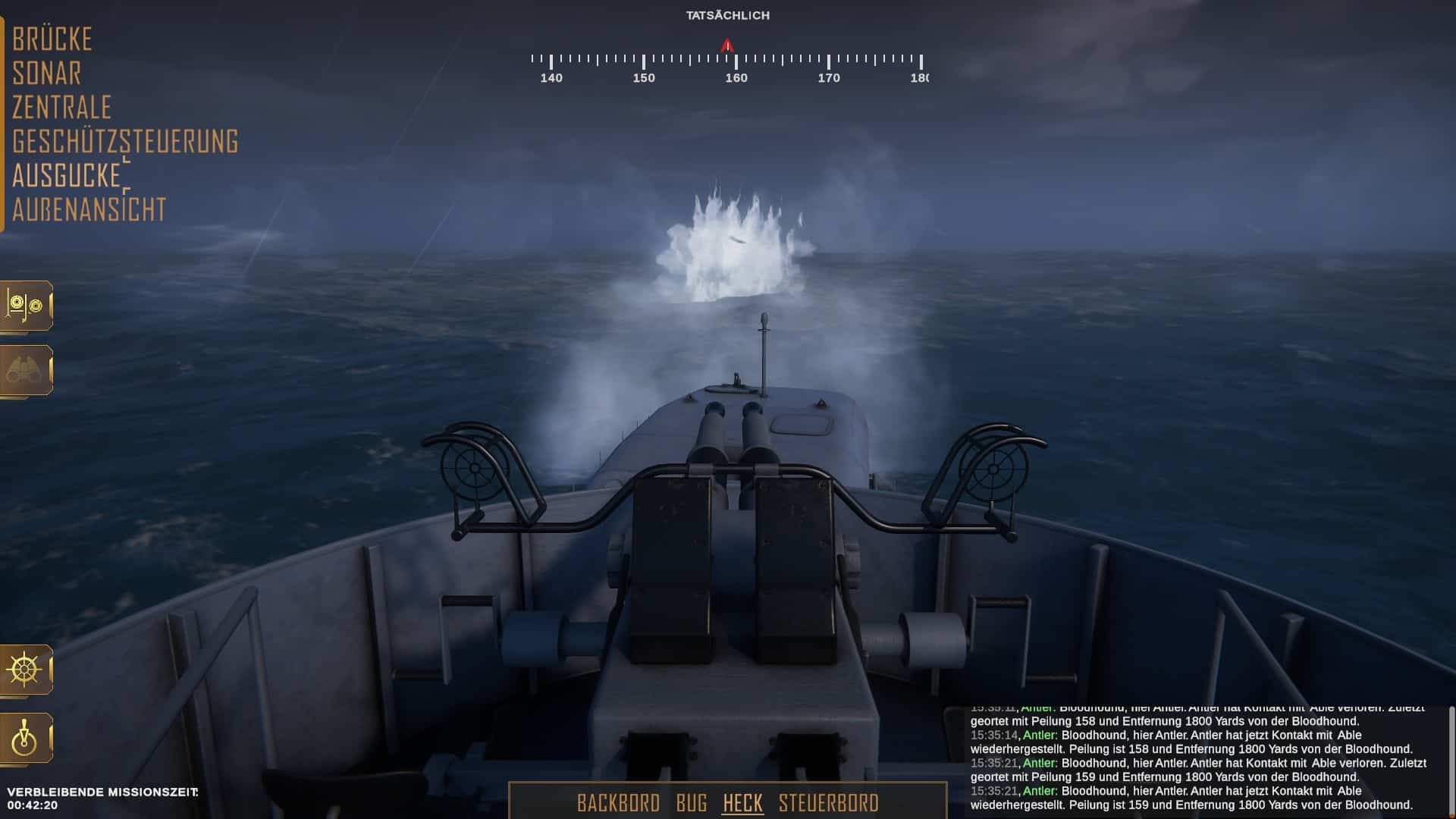
As in real convoys, we are not alone. There are up to four other escorts to whom we can give instructions. We do this in the tactical view – a large transparent panel in the control centre. Sometimes we also request air support there. In smaller conflicts, it is thus possible for us to keep ourselves out of the action and instead let our comrades-in-arms do the actual work.
For large conflicts, where several submarines come together in “pack attacks” (wolf packs), the coordination of our comrades-in-arms is particularly important and we ourselves must also actively help by driving over the submarine at the right moment and dropping our depth charges at the right depth and spread. With a little practice and getting used to the compass degrees, this works quite well.
Destroyer: The U-Boat Hunter is available for around 30 Euros (on Steam in Early Access).
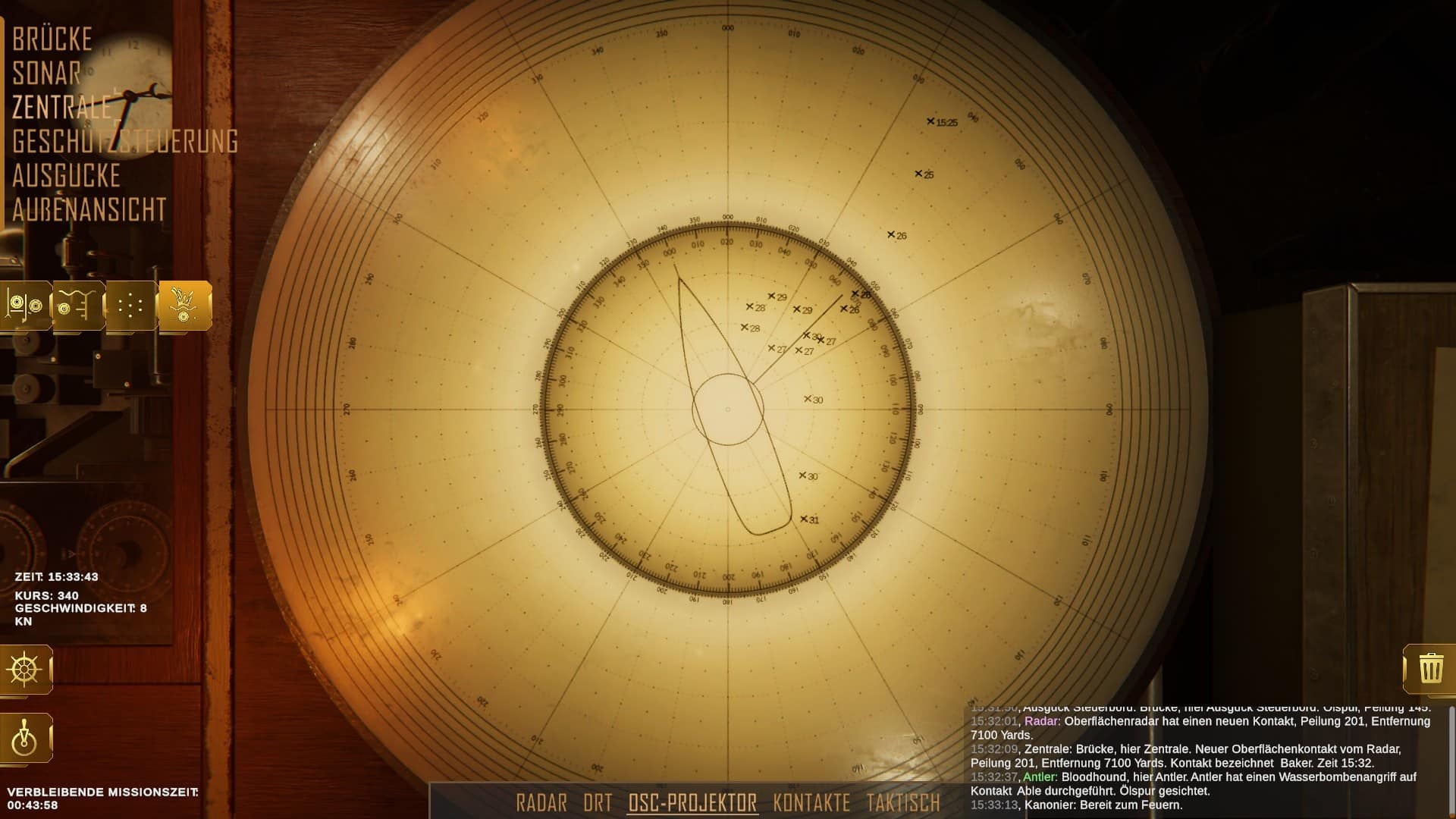
Preliminary scoring box
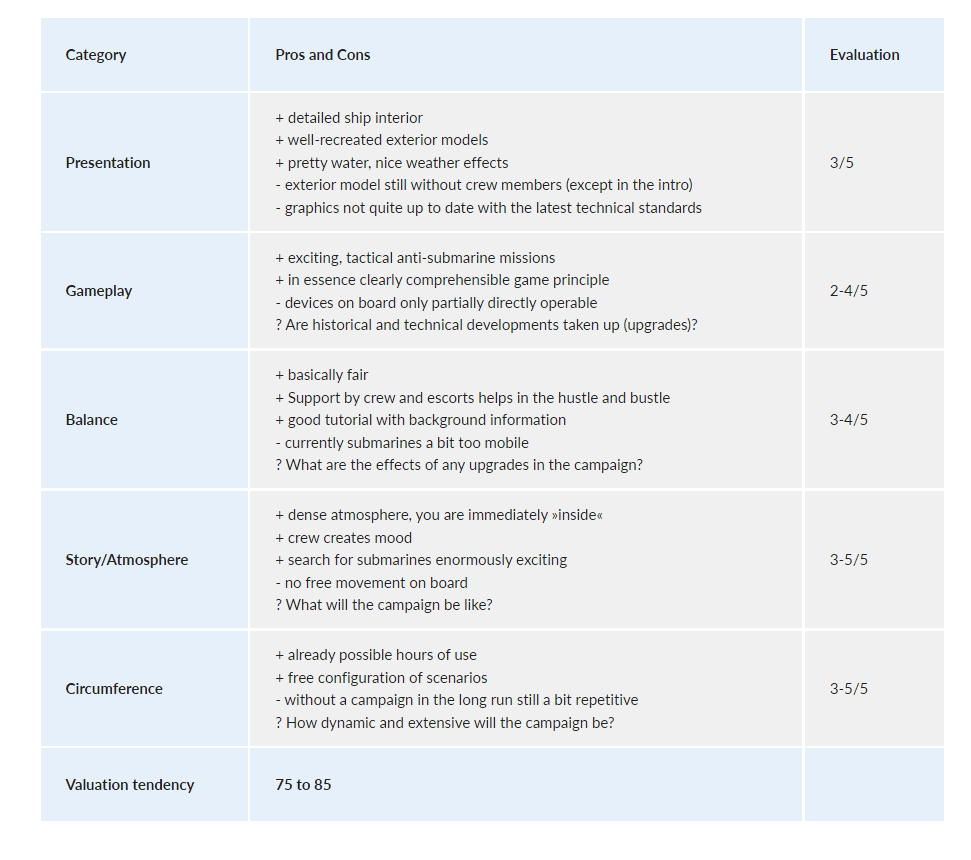
Editorial conclusion
Destroyer: The U-Boat Hunter wasn”t on my radar at all – I was rather following the big UBOAT update coming out in October. But after playing the demo, I was hooked. And not only because the game runs smoothly even on my slow PC and still looks quite pretty. Destroyer is simply fun (if you want to use that term with such a theme). At the moment, the game is limited to the battle between destroyer and submarine as such – with the developers at the helm keeping a straight course between simulation and accessibility. Atmospherically, this is already so engaging that the several hours of playtime per battle fly by.
But as successful as the customisable individual battles are, at some point their replay value is naturally exhausted. That”s why I”m looking forward to the campaign. According to the developer in the Steam forum, there will probably be no long journeys out of the harbour (“too boring for most players”), but as long as the campaign embeds the battles in a larger historical context and also takes up the course of technical development in the (anti-)submarine war, I would be satisfied.
For the future, I would also like to see a more lively exterior model of the ships, with crew members visible in the lookout and at the depth charge launchers not only in the mission intro (as is currently the case), but also during the actual battle; a little more reaction of the ship to high seas would also be nice. More submarine models (I”ve only seen the familiar Type VII so far) and submarine commanders acting differently would also add to the variety. With all this, Destroyer: The U-Boat Hunter could become a game that I put on my virtual shelf next to Silent Hunter 3 and Dangerous Waters with a clear conscience.

